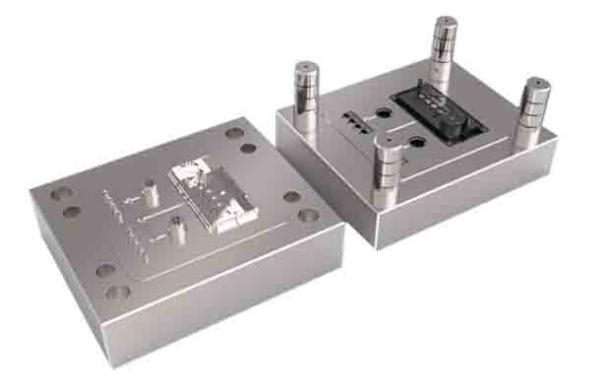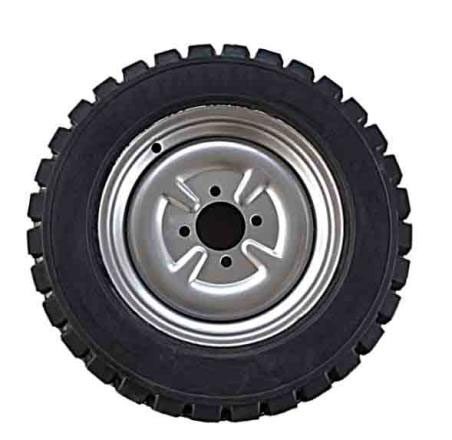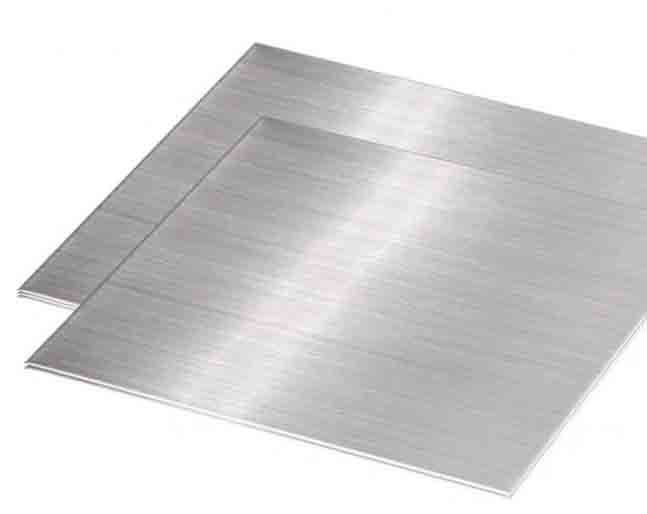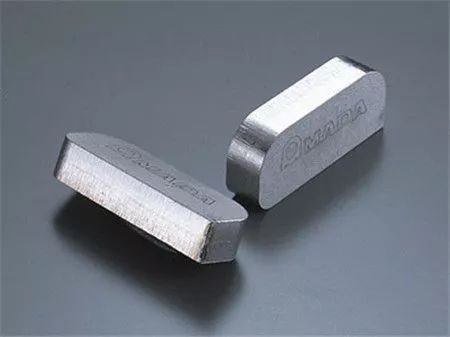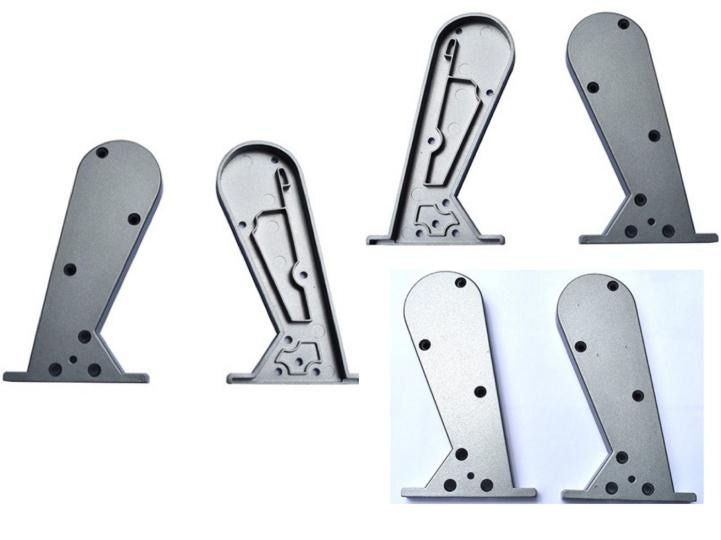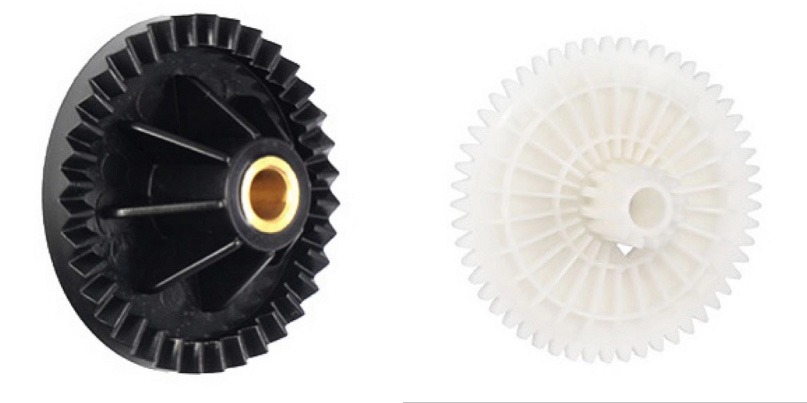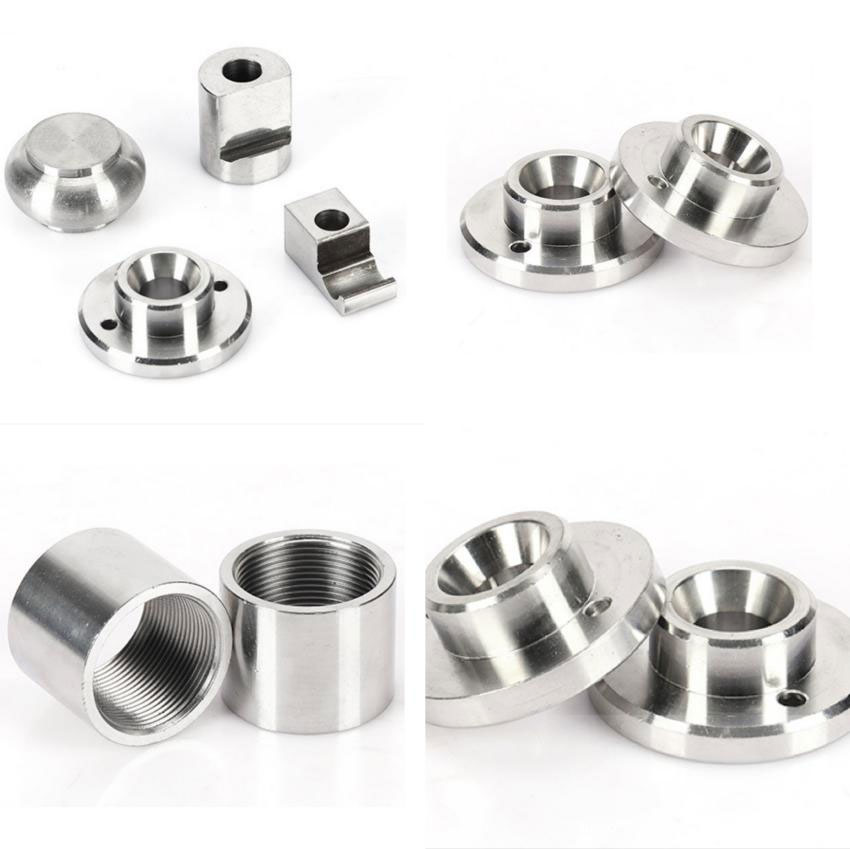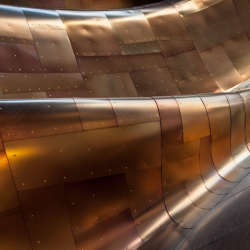This article will introduce the basic properties and applications of magnesium alloys and 5 commonly used surface finishing techniques for magnesium alloys.
What are the Magnesium Alloys?
Properties of Magnesium Alloys
Magnesium alloys refer to alloys based on magnesium and then adding other elements. Among them, magnesium-aluminum alloys are the most widely used, followed by magnesium-zinc-zirconium alloys and magnesium-manganese alloys.
Application of Magnesium Alloy
Magnesium alloys have low density and high strength. Magnesium alloys are widely used in digital SLR cameras, automobiles, aerospace, and other fields.
- Application on Digital SLR Cameras
Magnesium alloys have low density, high strength, and certain anti-corrosion properties. Therefore, it is often used as the skeleton of the SLR camera. Under normal circumstances, mid-to-high-end and professional digital SLR cameras will use magnesium alloy as the skeleton. The skeleton made of magnesium alloy is durable and feels good.
- Application in Car
- Such as clutch housing, instrument panel, gearbox body, engine front cover, cylinder head, air conditioner housing, etc.
- Such as steering wheel, brake bracket, seat frame, etc.
- Application in Aerospace
Magnesium alloys are the lightest metal structural materials used in the aircraft, spacecraft, and rocket and missile manufacturing industries.
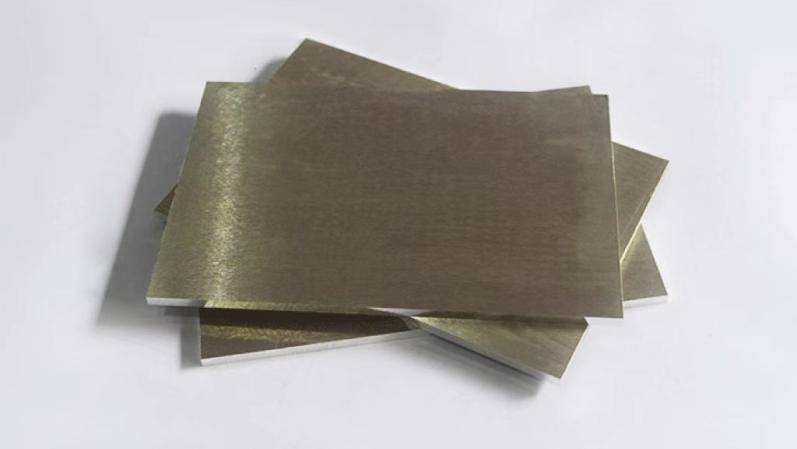
Surface Finishing of Magnesium Alloys
Magnesium alloys are widely used in transportation, rocket technology, and other fields due to their low density, good specific performance, good shock absorption, good electrical and thermal conductivity, and good process performance.
With the development of the economy, the level of science and technology has improved. A variety of surface treatment technologies are applied to the surface treatment process of magnesium alloys, which can effectively expand the application range of magnesium alloy materials, prolong the service life of magnesium alloy materials, and effectively play the role of magnesium alloys.
The poor corrosion resistance has become the main reason restricting the further application of magnesium alloys. The main reason for the corrosion of magnesium alloys is that an effective protective film cannot be formed on the surface of magnesium alloys and it acts as an anode when in contact with other metal materials.
In order to effectively prevent corrosion of magnesium alloys, we can carry out surface treatment on magnesium alloys. Surface treatment technology is not only effective in magnesium alloy protection but also simple and economical. A dense and uniform coating with good adhesion can play a good protective role and effectively reduce the corrosion rate of magnesium alloy materials.
At present, the commonly used magnesium alloy surface treatment technologies include electroplating, electroless plating, chemical conversion coating, anodizing and micro-arc oxidation.
1. Chemical Conversion Coating
The chemical conversion coating is a reaction between the atoms on the metal surface and the anions in the medium to form a separation layer with good adhesion on the metal surface. This layer of compound isolation layer is called chemical conversion coating.
The chemical conversion coatings of magnesium alloys include organic conversion coatings and inorganic conversion coatings, among which there are many inorganic conversion coatings. Inorganic conversion coatings include chromate conversion coatings, phosphate conversion coatings, rare earth metal salt conversion coatings, stannate conversion coatings, and potassium permanganate conversion coatings.
Organic conversion films include metal-organic compound conversion films, organic acid conversion films, and self-assembled monolayers. The chemical conversion coating of magnesium alloy is relatively thin and soft, so it is rarely used alone and is generally used as an intermediate protection process.
(1) Inorganic Conversion Film
Among them, chromate conversion is a relatively mature one. Chromate conversion coatings can delay the appearance of rust and improve corrosion resistance.
Although the anti-corrosion effect of the chromium-containing conversion coating is better, it can be used in a higher temperature environment. However, the Cr(VI) contained in it is toxic, the treatment cost of waste liquid is high, and it pollutes the environment, so it has been gradually replaced by an environmentally friendly chromium-free chemical conversion method.
Chromium-free chemical conversion treatment mainly includes phosphate, manganate, molybdate, stannate, organic acid salt, rare earth passivation, and composite conversion methods.
(2) Organic Compound Conversion Film
Organic matter treatment of magnesium alloys is a new chromium-free conversion treatment process that can improve the corrosion resistance of magnesium alloys. The conversion film has the advantages of good corrosion resistance, environmental friendliness, non-toxic and harmless, easily available raw materials, and low cost. Organic compound conversion coatings of magnesium and magnesium alloys can be divided into three categories: organic metal compound conversion coatings, organic acid compound conversion coatings, and self-assembled monolayers.
- Organometallic Compound Conversion Coating
After the organic compound reacts with the metal atom, it has a good protective effect on the magnesium alloy substrate, which can significantly improve the corrosion resistance of the magnesium alloy.
- Organic Acid Compound Conversion Film
The oxalate conversion coating process has the characteristics of low toxicity and little environmental pollution. Under the optimized process conditions, the oxalate conversion coating is composed of uniform, small, and relatively dense particles, with good adhesion and corrosion resistance, and its performance can meet the standard of use.
- Self-Assembled Monolayers
A self-assembled monolayer refers to a tightly arranged two-dimensional ordered monolayer formed by the spontaneous adsorption of organic molecules on a solid surface in the solution or gas phase. It has good corrosion resistance, high order and orientation, high-density packing, low defects, and stable structure. The structure and properties of self-assembled films are affected by many factors, such as solution properties (concentration, pH, etc.), assembled molecular properties, the time the substrate is immersed in the solution, the solvent, etc.
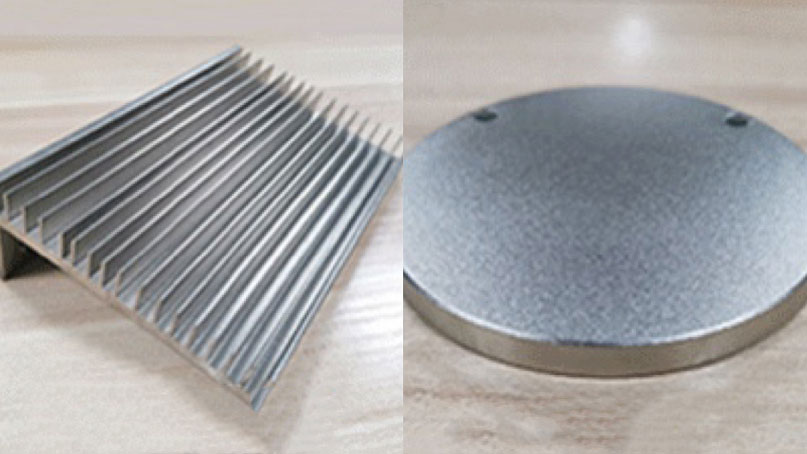
2. Cermet Coating
A layer of other metal layers is formed on the surface of magnesium alloys by thermal spraying, vapor deposition, etc. to achieve the purpose of anti-corrosion and decoration.
(1) Vapor Deposition
Vapor deposition techniques are divided into chemical vapor deposition and physical vapor deposition. It refers to the use of physical and chemical processes in the gas phase to change the composition of the surface of the workpiece and form a metal or compound coating with special properties (such as superhard wear-resistant layers or special optical and electrical properties) on the surface. Vapor deposition is one of the new technologies of mold surface strengthening, which plays an important role in improving the wear resistance and corrosion resistance of mechanical parts.
Vapor deposition usually covers the workpiece surface with a layer of transition group elements (titanium, vanadium, chromium, zirconium, molybdenum, tantalum, niobium, and hafnium) and carbon, nitrogen, oxygen, and boron compounds with a thickness of about 0.5 to 10 μm
(2) Thermal Spraying
Thermal spraying technology is a method of using a heat source to heat the sprayed material to a molten or semi-molten state, and spraying and depositing it on the pretreated substrate surface at a certain speed to form a coating.
Thermal spray technology creates a special working surface on the surface of common materials. According to different coating materials, one or several properties of wear resistance, oxidation resistance, corrosion resistance, and heat resistance can be obtained.
The thermal spraying surface treatment of magnesium alloy is when metal, ceramic, or polymer coating sprays small droplets of coating on the surface of the substrate in a molten or semi-molten state to form a spray deposition layer.
3. Laser Surface Alloying
Laser alloying refers to the process of rapidly melting, solidifying, and forming new alloy substances on the surface of materials to change their physical and chemical properties through the thermal effect of the interaction between laser and solid-phase substances. Laser surface modification technology for corrosion resistance treatment of magnesium alloys has been widely used.
4. Ion Implantation
Ion implantation is the implantation of accelerated high-energy ions into a material in a vacuum under the action of an electrostatic field. The implanted ions are in substitutional or interstitial positions in the solid solution, forming the surface layer of the equilibrium structure.
5. Thermal Diffusion
The method of obtaining the coating on the surface of the magnesium alloy by contacting the magnesium alloy with the coating powder for heat treatment is the thermal diffusion technology.
Conclusion
JTR can provide you with a variety of surface finishing technologies to meet your requirements. We provide high-quality manufacturing solutions that can realize your design within a few hours, and are equipped with various precision CNC machining equipment to ensure that we can meet the different needs of different customers in the sample development, trial production, and mass production stages.


